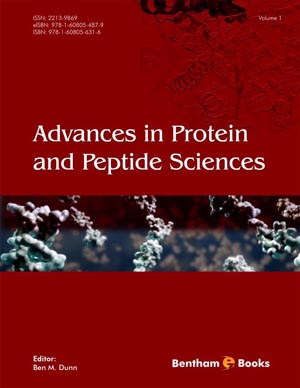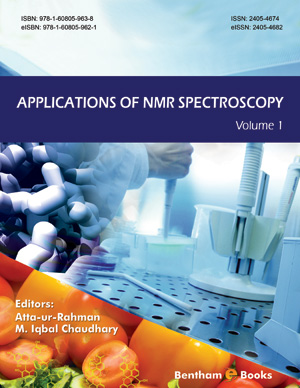Abstract
The past 10 years has seen a proliferation of the number of ionic liquids that have extensively been used in organic synthesis as solvents and/or catalysts in chemical as well enzymatic reactions, simply due to their interesting and attractive features viz. simple handling, tunable properties, benign environmental character, catalytic activity, and excellent recyclability, whereas their interest in various different branches of science is expanding exponentially. Carbohydrates-containing molecules are identified to play pivotal roles in various pathologically and physiologically important biological processes including cellular recognition, adhesion, migration, invasion, communication, bacterial and viral infection, tumor metastasis etc. and thus about clear understanding of role of sugars in these important biological events has led to the increased demand for significant amounts of carbohydrate based molecules for complete chemical, biological, medicinal, and pharmacological investigations. Therefore, tremendous efforts have been made to develop novel and facile procedures for the synthesis of sugar based molecules of great biological interest. In the last 10 years, room temperature ionic liquids (RTILs) have been emerged as promising solvents for modification of carbohydrates into desirable scaffolds; however, there is lack of recent and concise reports dealing with the RTILs in the field of carbohydrate chemistry particularly, in relevance to dissolution and functionalization, and glycosylation. This chapter highlights the rapid increase in novel applications of discovered RTILs in carbohydrate chemistry.
Keywords: Glycosylation, cellulose, carboxamides, dihydropyrimidin-2-one/thione, glycosides, glycopyranosides, hydroxymethylfurfural, fructose, peracetylation, trisaccharides, perbenzoylation, oligosaccharides, benzylidenation, hexapyranosides, enzyme, N-acetyl lactosamine, acylation, sulfoxidation, starch, bio-polymer, saccharification.






















